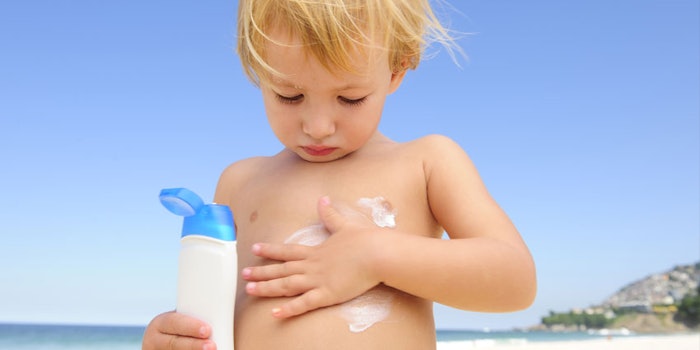
In the recent years, public awareness has improved concerning the importance of sunscreen in the prevention of skin cancer. However, many people still hold misconceptions regarding sunscreen.
Here, we discuss the top five myths of sunscreen that are still held by many, leading to incorrect or inconsistent usage.
1. “Only those with fair skin need to wear sunscreen.”
While it is true that people with lighter skin color have a higher risk of developing skin cancer, enough sun exposure could lead to sunburn and even skin cancer regardless of race. Everyone should wear sunscreen when prolonged exposure to the sun is expected. The only healthy tan is the one you are born with!
2. “Sunscreen is toxic.”
The active ingredients found in sunscreens undergo rigorous FDA testing before they are approved for sale. When applied to the skin, the ingredients do not penetrate deep enough to cause systemic toxicities. Sunscreens are generally considered safe for topical usage based on available scientific studies.
3. “I only need to put sunscreen on once after I get to the beach.”
The American Academy of Dermatology recommends sunscreen to be applied 15 minutes prior to sun exposure. It is also important to reapply every two hours or more frequently if you are swimming or sweating. When in doubt, reapply.
4. “The higher the SPF, the better.”
Sunscreens with an SPF of 30 will block 97% of the harmful ultraviolet rays found in sunlight. Additional SPFs offer only a slightly higher level of protection and do not increase the duration of its effectiveness.
5. “Some sunscreens are waterproof.”
Sunscreen manufacturers are now banned from claiming that products are “waterproof” or “sweat proof.” Sunscreens marked “water resistant” are protective for up to 40 minutes even after the skin gets wet. It is still recommended that you reapply after getting out of the water.










